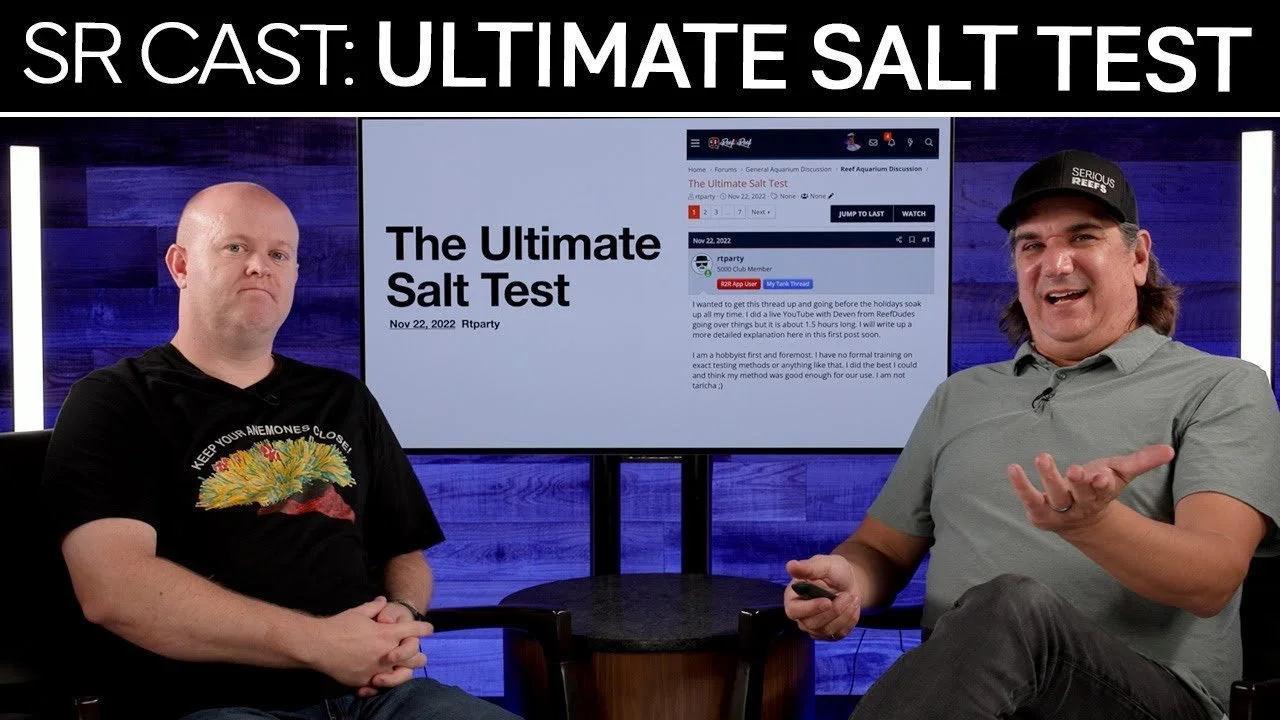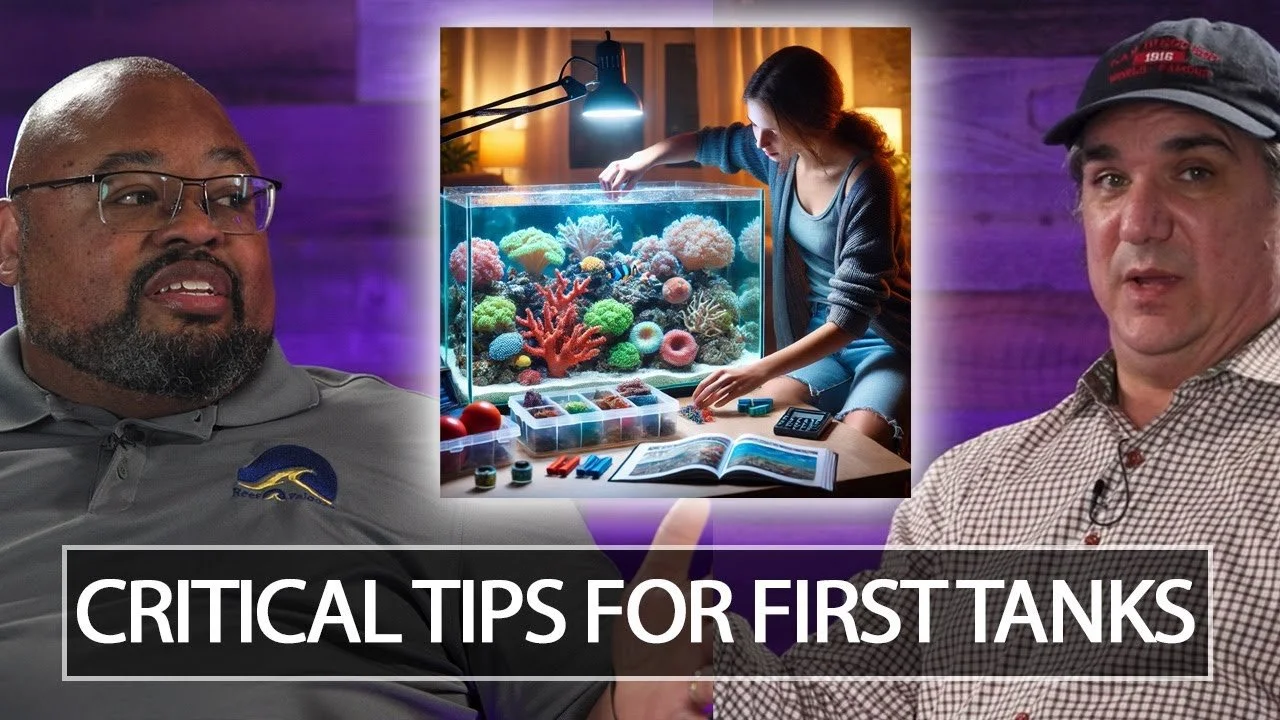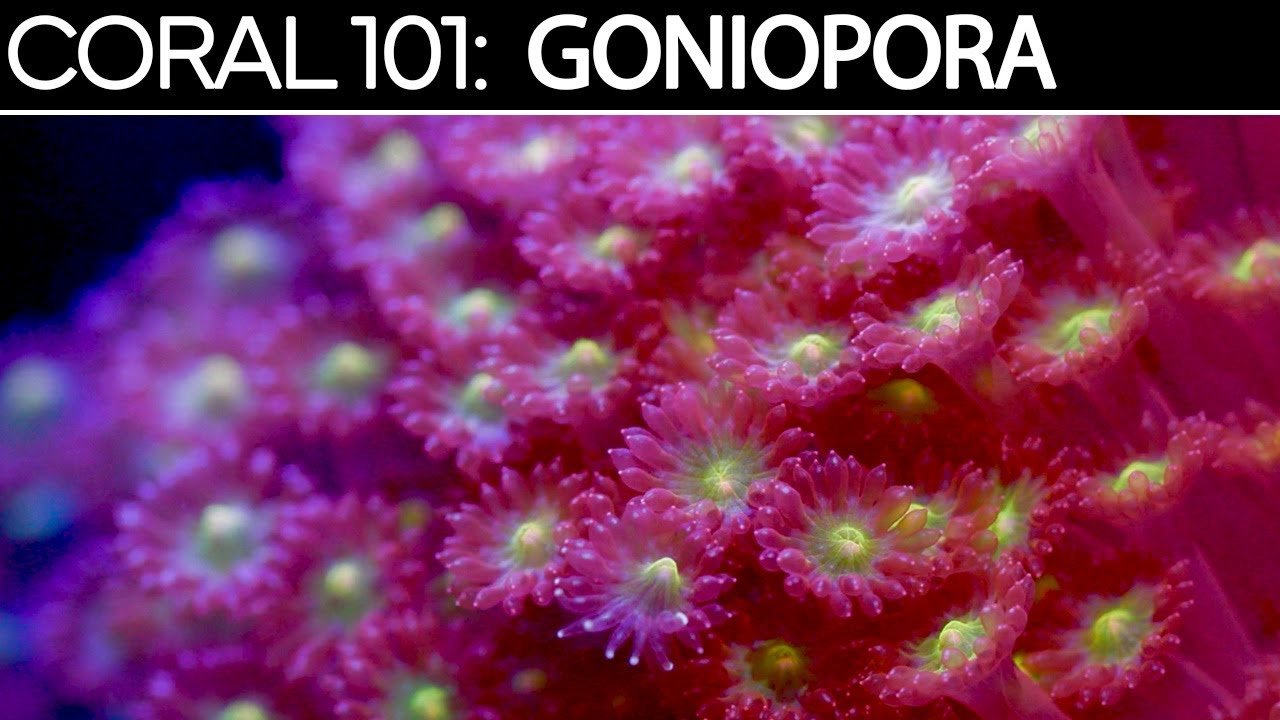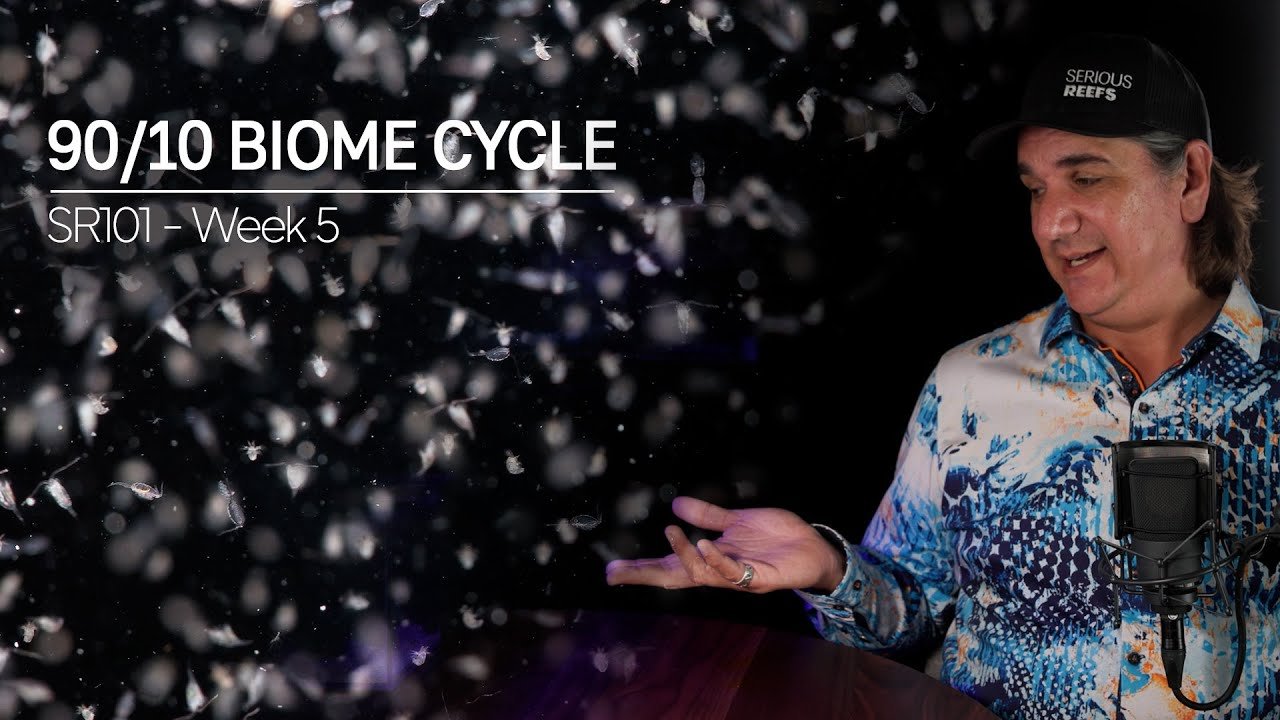Serious Reefs: Great reef tanks are the result of great information.
Serious Reefs’ mission is to be the single best resource for anyone who wants to set up and maintain a saltwater aquarium or reef tank with confidence and long term success. Serious Reefs provides clear, proven guidance without the noise.
What makes Serious Reefs unique is simple. No sponsors, no paid reviews, no hype. Just real data, and decades of experience. Everything is funded by Serious Reefs members, reefers like you, allowing us to share information unfiltered.
This Week’s Releases

Staff Picks: Reef Tank Gear Reviews
Staff Picks: Saltwater Fish 101
Staff Picks: SR Podcast
Staff Picks: Coral 101
90/10 Method: How to Set Up a Saltwater Aquarium.
Staff Picks: How Tos
What You Will Find on Serious Reefs
Unfiltered gear reviews and recommendations
How to set up a saltwater aquarium step by step
Proven reef chemistry methods that work
How to grow coral fast, safely, and sustainably
Fish quarantine and disease prevention made simple
Real world reef tank troubleshooting and testing
Long term reef tank stability and success strategies
Become a Serious Reef Member
YouTube Members & Patreon


















